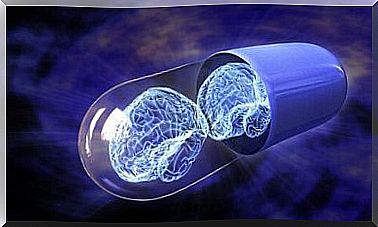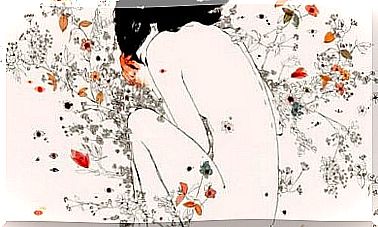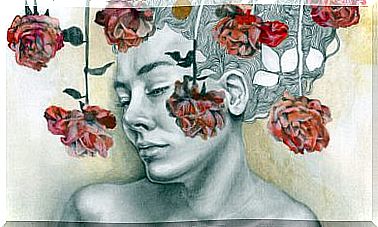The Origin Of Psychology: History, Authors And Models
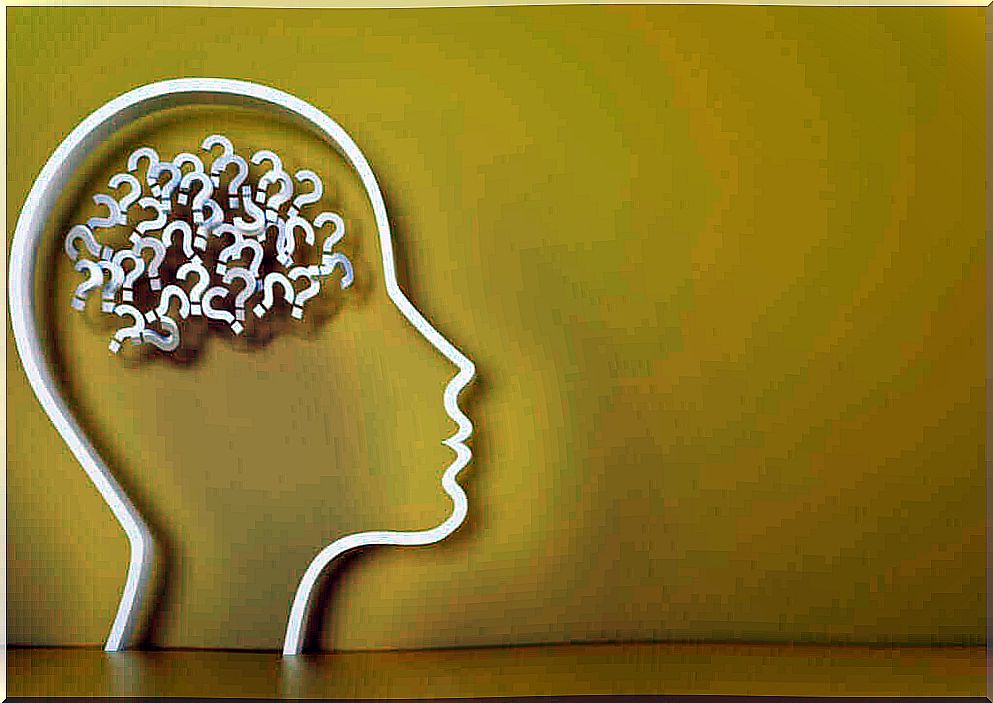
Psychology is considered, nowadays, a consolidated science, although it continues to evolve and is nourished by a large number of disciplines. Thanks to psychology, we understand many concepts, we can help people, we go deeper into our own knowledge… however, what is the origin of psychology?
And the origin of psychotherapy? Where it all began? As we will see below, these two concepts are closely linked. In this article, we bring together the most historical facts of psychology that will allow us to understand its origin, its evolution and its current state. If you’re curious, don’t miss it!
The origin of psychology
The history of the origin of psychology is very extensive, full of interesting contributions, authors and events. Therefore, here we focus on the most important facts, pillars that allowed this discipline to emerge, as well as psychotherapy.
Origin of modern psychotherapy
To talk about the origin of psychology, we must travel several centuries in time, before the emergence of psychotherapy. Between the 5th and 4th centuries BC emerged the first tribal societies in Greece and in the ancient world. At that time supernatural metaphors and magical explanations for everything related to the human psyche predominated.
Illness was understood as a possession of the soul, and to “cure” the person, in many cases exorcism was used (when we talk about illnesses, we also refer to mental illnesses). This, although its approach was not right, was the origin of modern psychotherapy; here, there is already a concern with those behaviors and thoughts that “went out of the ordinary”. We also find the first philosophers: Pythagoras, Plato, Aristotle…
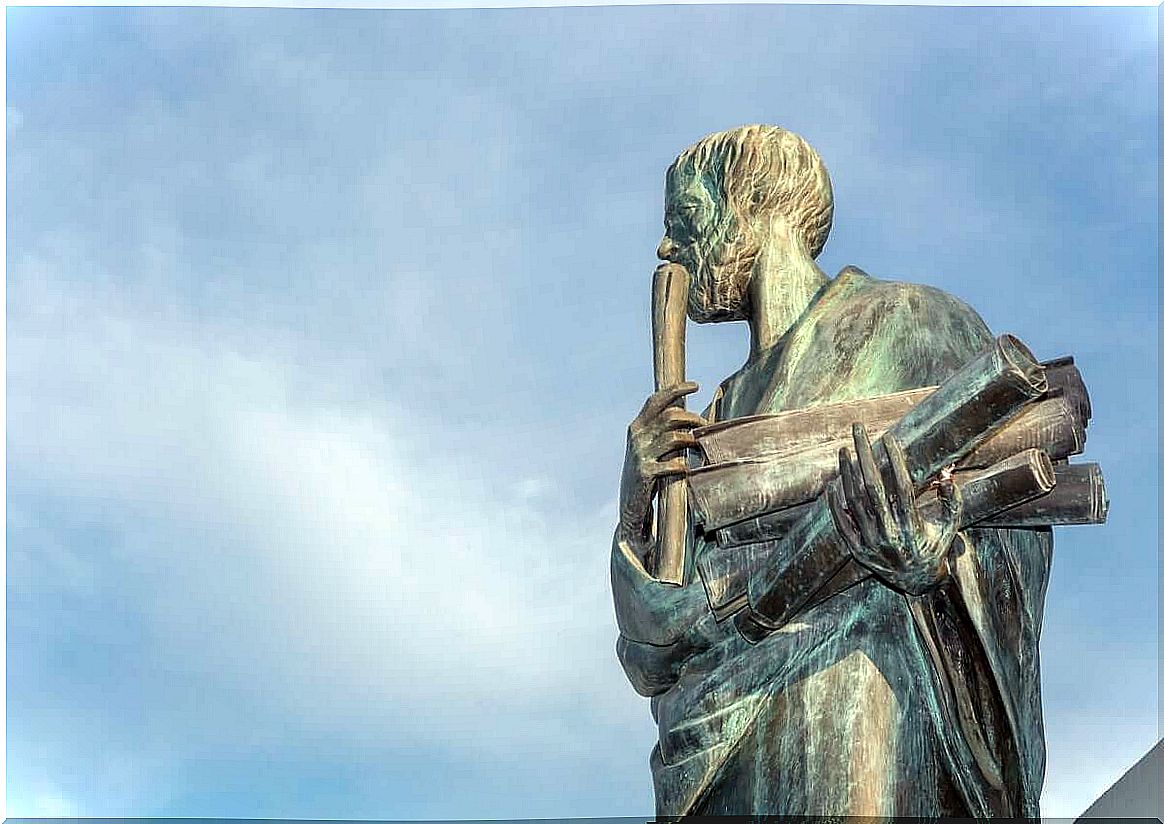
Hippocrates and Galen
Later, in the fourth century BC, the figure of Hippocrates appears, and in the second century AD, Galen appeared. Hippocrates suggested that illnesses were the product of the organism’s internal states. He proposed his theory of the 4 humors and established the following relationship with temperaments:
- Blood: sanguine temperament.
- Phlegm: phlegmatic temperament.
- Yellow bile: angry temper.
- Black bile: melancholy temperament.
According to Hippocrates, health was a balance of the 4 humors (crase), and disease an imbalance of them (discrase).
Galen, on the other hand, synthesized ancient medicine and made a distinction between natural things (moods), preternatural things (diseases) and unnatural things (environment). Healing consisted of changing natural things through unnatural things.
Middle Ages, Renaissance and Modern Ages
In the Middle Ages, Western religious thought, with great power, defended the idea that “mental illness was the fruit of the devil”. St. Augustine proposed spiritual exercises to achieve personal change “through confession”.
Later, the Renaissance separated mental illness from the concept of possession, although the mistreatment and persecution of people with mental disorders (which had existed for decades) continued.
In the Modern Age, Gassner appeared, who differentiated preternatural diseases (which are cured by priests) from natural ones (cured by doctors).
The emergence of psychotherapy
We are arriving at the origin of psychology which, as it could not be different, goes hand in hand with the origin of psychotherapy. Between the 19th and 20th centuries the current of animal magnetism appeared and, later, hypnosis. Specifically, it was F. Cobbe who, in the last quarter of the 19th century, used the term “psychotherapeutic” in one of his articles.
Van Helmont founded what is called animal magnetism or mesmerism, and Mesmer, magnetism. These doctrines integrate electricity, magnetism and astronomy as key axes; specifically, through these doctrines, the balance of the person is sought through the restoration of the balance of fluids, altered by certain diseases (including mental ones). All of this is accomplished through magnets at first and the person’s own bodily fluid later on.
Hypnosis Schools
Later, hypnosis emerged as the link between pre-psychological healing and psychoanalysis. There were two schools: the School of Nancy (with figures like Lièbault and Bernheim) and the School of Salpetriere (Charcot and Janet). The most used therapeutic procedure became, in the 19th century, hypnosis (specifically hypnotic suggestion).
Later we have Binet (1889) with his works on hypnosis and hysteria, W. James (1890), who established the principles of psychology, and J. Benedikt (1892), who proceeded to treat patients in a conscious state.
From the cathartic method to psychoanalysis
As methods also used at the time that allow us to understand the origin of psychology, we find the cathartic method and psychoanalysis (still in force today).
It was Breuer who created the cathartic method, as a way of helping to relive and discharge the pathogenic emotions linked to traumatic memories with hypnosis. This is Freud’s background. When the figure of Freud appeared, with him came concepts such as transference, resistance, pressure method, defense…
Development of psychotherapy and current events
We arrived at the development of psychotherapy itself, with Wundt in its origins, beginning to mark the line that differentiated scientific psychology from applied psychology. Psychoanalytic and projective techniques were enhanced with the arrival of the First World War, given the discontent with psychometric approaches. The 20th and 21st centuries arrived and with them:
- 1930s : the first works on personality, by Allen, Allport, Murray and Rogers, among others.
- 1940s : the approach of scientific psychology and psychoanalysis. Behaviorism emerges as “practical and quick solutions to problems” (Skinner and Wolpe).
- 1950s : humanistic psychology as a philosophical and social movement; the emergence of the “Third Force”, with authors such as Maslow.
- 1960s : cognitive models appear, with Ellis, Beck and Mahoney.

From the origin of psychology to today…
In our journey through the past to the origins of psychology, we met different authors, techniques and psychotherapeutic procedures that marked the evolution of this scientific discipline.
Currently, there are between 250 and 300 psychotherapeutic models, although the trend is towards eclecticism, an approach that combines approaches from different theoretical currents in an attempt to form a common framework.
Thus, variety of orientations is both the Achilles’ heel and the strength of psychology itself. It is able to respond to the needs of very different people, but at the same time it produces continuous points of confusion that make the job of diving into this discipline not an easy one.
In recent years, as data to highlight, we can say that cognitive models have increased, behaviorism remains, humanism has been consolidated and the systemic model is in full evolution (like many others).

